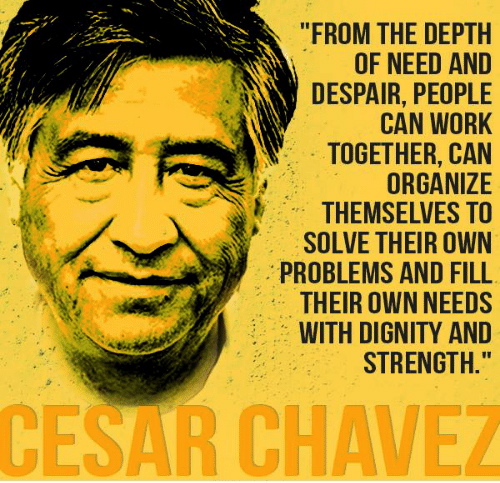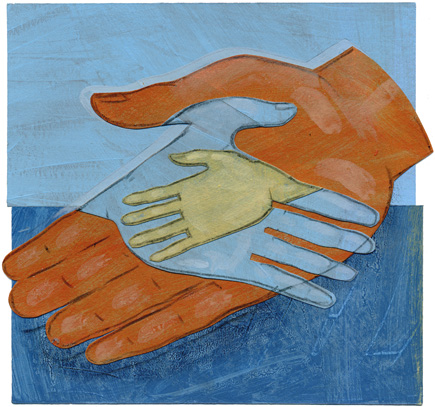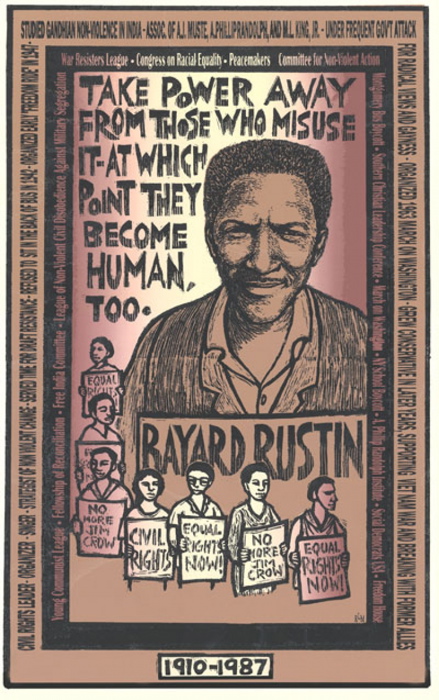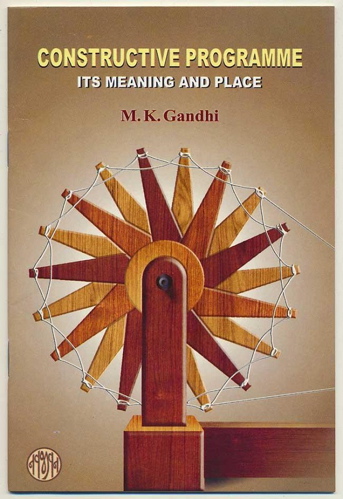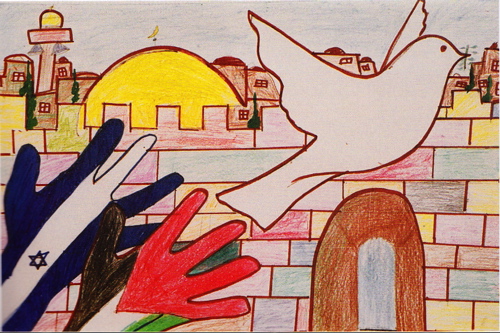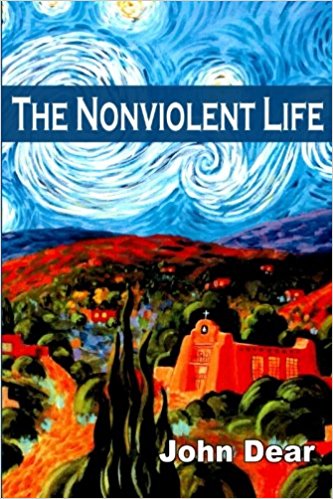For the Love of All: Ahimsa in Nonviolence and Radical Ecology
by Saskia van Goelst Meijer

St. Francis Preaching to the Birds; fresco by Giotto, courtesy wikiart.org
There is a difference here between proactive non-harming
and “doing nothing.” — Irina Aristarkhova (2012)
Our world is experiencing an ever-growing ecological crisis, which makes it necessary for humanity to reshape the way it is dealing with the planet. Grave challenges for the future of humanity and the earth as a whole have emerged as a result of ecological and economic conduct over the past few centuries. According to some, the environmental crisis is intertwined with other crises (financial, social, political), which has led both scholars and activists to call for a fundamental change in the global paradigm. Where socio-political change is concerned, part of this paradigm change has been attempted through nonviolence. Pioneered as a method in the early 20th century by Mohandas Gandhi for addressing injustice, it has since been taken up by many more individuals and organisations around the world. Nonviolence practices and notions can also be found in certain streams of ecology. One central element in the method of nonviolence is ahimsa, ‘the absence of the intention to do harm.’ In this article I will explore both ahimsa and radical ecology, to both explain the role and significance of ahimsa in nonviolence and to see if and how the two notions can clarify and supplement each other.


